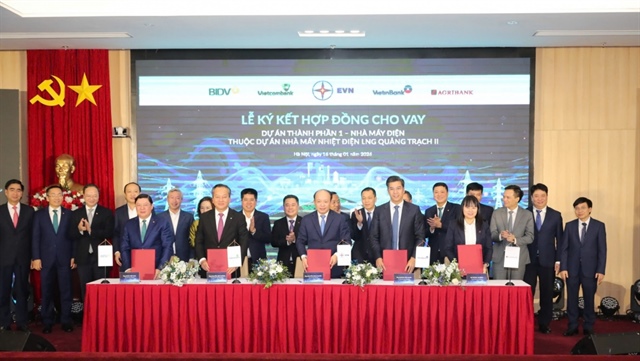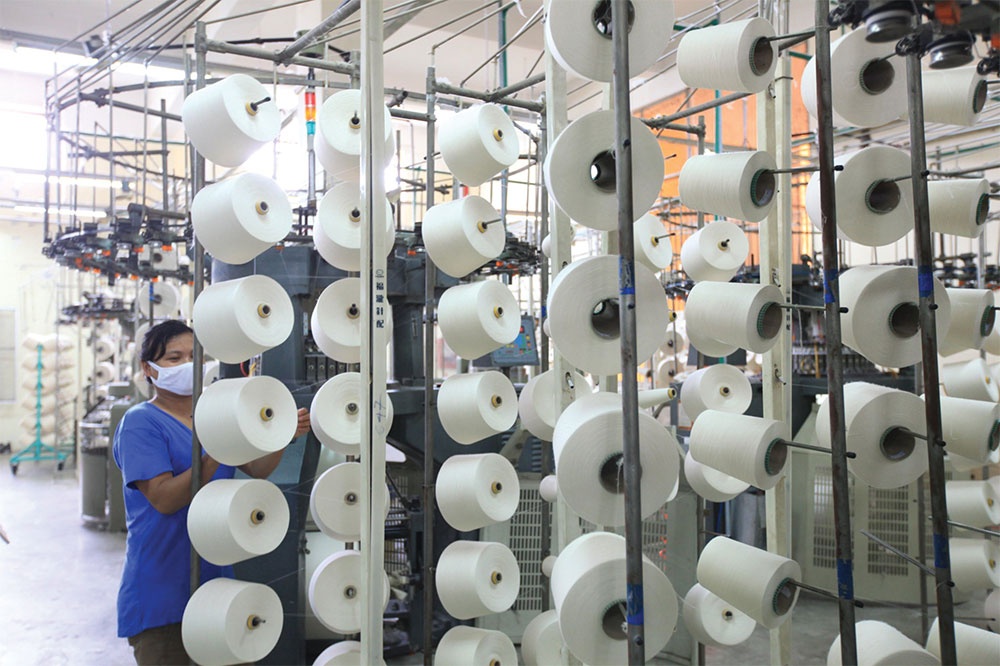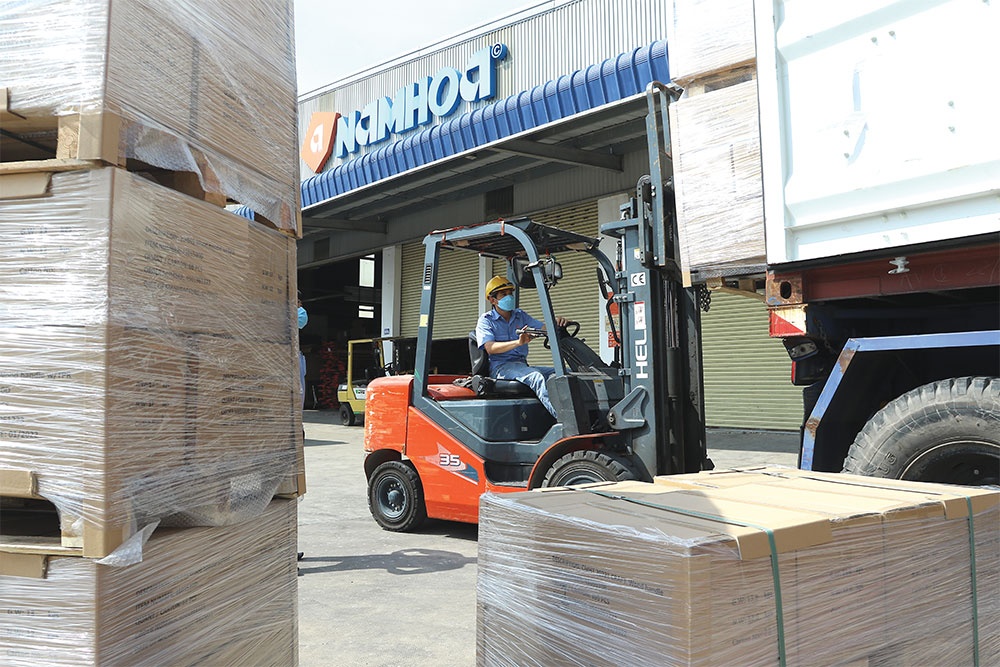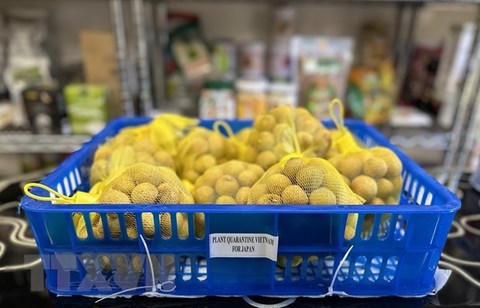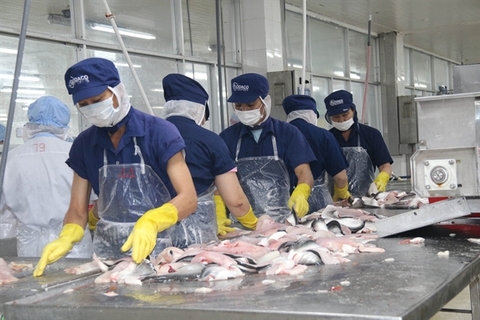Japanese textile enterprises consider shrinking production in Vietnam
Japanese textile enterprises consider shrinking production in Vietnam
Facing labour cost increases and a low localisation rate, some Japanese textile companies are thinking about cutting production in Vietnam.
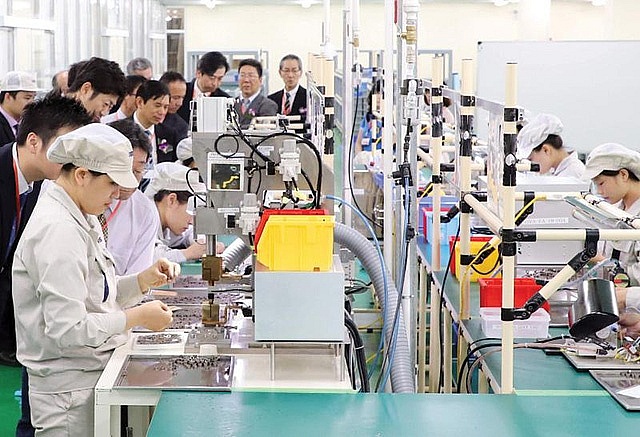
According to a survey about Japanese enterprises abroad in fiscal year 2022 published by the Japan External Trade Organization (JETRO) on February 13, Vietnam continues to be the leading destination in Southeast Asia for them to expand their production.
About 60 per cent of the surveyed businesses said that they plan to expand their investment here over the next 1-2 years, which is above the average rate of 46.9 per cent for the ASEAN region.
However, up to 8.3 per cent of Japanese textile companies plan to reduce production in Vietnam, the highest rate among the surveyed sectors. Nakajima Takeo, chief representative of JETRO's Hanoi Office, explained that processing costs for Vietnam's textile and garment industry have increased.
According to the survey, the salary growth rate in 2022 reached 5.8 per cent, a slight increase compared to the 5.4 per cent seen in 2021. This is one of the highest among ASEAN countries.
Nakajima said that at this time, the workforce can be divided into two groups in terms of wages. The first group of nations have a good average salary, for example, Thailand, Malaysia, Philippines, and Vietnam. The other group, including Laos, Myanmar, and Cambodia, receive lower average incomes.
For Japanese firms, the advantage of cheap labour costs is no longer the most attractive factor in Vietnam. Instead, the main benefit is the size and the growth of the local market.
The localisation rate is also an important factor to reduce production costs. While this has improved in Vietnam, it is not still high.
The survey's respondents said that the proportion of raw materials that can be on-spot purchased accounted for only 23 per cent, meanwhile, the figure for Japan is 46.2 per cent and China accounts for 27 per cent. The remainder is sourced in other countries.
"As the localisation rate is low and the worker's wages are high, Japanese textile and garment enterprises must consider investing in countries which have lower wages, such as Bangladesh. It is understandable that companies from Japan are looking to reduce production in Vietnam and move to other countries," said the representative of JETRO.



